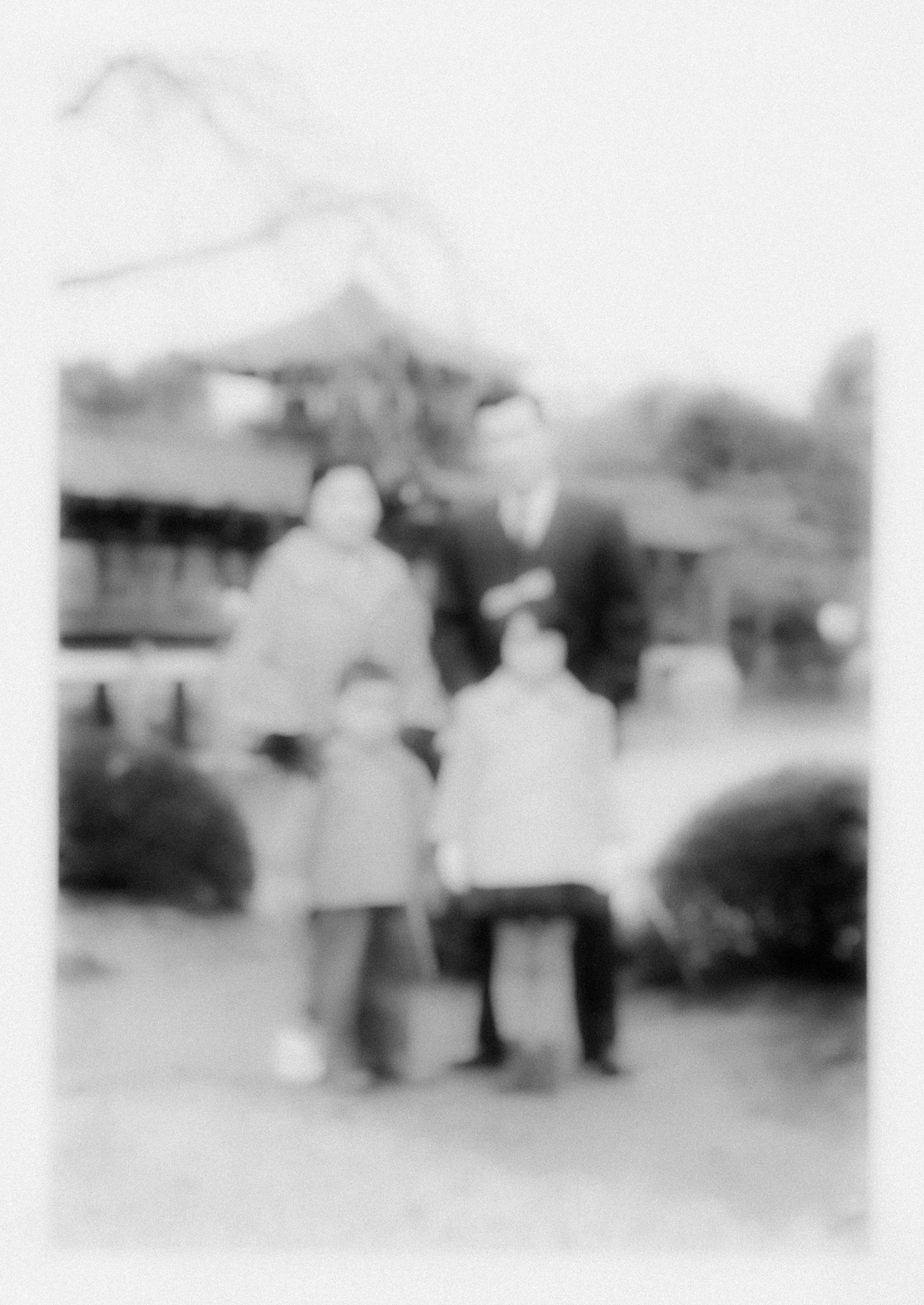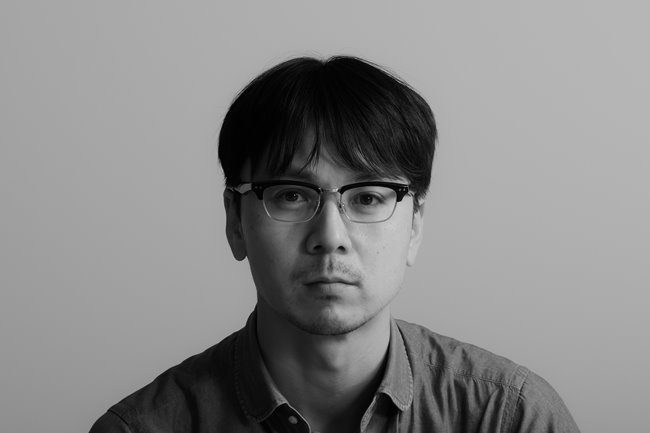An old family photo showing Masaharu and Kimiko Taniguchi and their two children, in Japan. Kimikowas no longer able to recognize her family due to dementia. Photo scanned and blurred by thephotographer.“New Year's Day 1997. I called out to her and she did not respond. It was the day that the heartstringsthat connected us broke. After a while, she called me ‘father.’ I was no longer her husband.” –Masaharu Taniguchi.
Chapter I: The World of Dementia. People with dementia and those without see different worlds. In typical cases of Alzheimer's, mental functions like memory, temporal and spatial orientation, judgment, and motor skills gradually decline. Life, as once known, changes little by little. However, it's not solely the decline in cognitive function that determines symptoms. One’s emotions and surrounding environment have a profound impact. Listening to the stories of people with dementia and their families, one learns that love and care are medicine.
Dementia is one of the leading causes of disability among the elderly worldwide, according to the World Health Organization. Japan’s aging population has one of the highest proportions of elderly people with dementia in the world, with about 7 million citizens expected to live with symptoms in 2025.
This project offers a unique visual exploration of dementia, capturing not only the larger social issues surrounding this condition, but also the inner lives of people with dementia and their relationships to their families and caretakers. Comprised of the stories of three families, this project is structured into four chapters. The introductory chapter provides a comprehensive overview, while subsequent chapters delve into the individual narratives of each family.
In an era where dementia affects an increasing number of individuals and their loved ones, the photographer seeks to do more than simply convey information about the condition. Rather, through photographic techniques that express deep empathy, he shares the personal insights gleaned from the experience of dementia itself. Acting as a bridge between hearts, a societal wake-up call, and a silent dialogue, dementia reveals moments of brilliance amidst the fading twilight between life and death.
By prompting contemplation on the nature of happiness and unhappiness, this project invites viewers to consider the factors that contribute to a fulfilling life. Through introspection and dialogue, it advocates for the creation of a society that prioritizes the well-being and happiness of its most vulnerable members, fostering empathy and understanding for those living with dementia.
Are you a photographer and/or passionate about press freedom? Sign up for our newsletter to stay updated on our annual contest and to hear about exhibitions near you.

